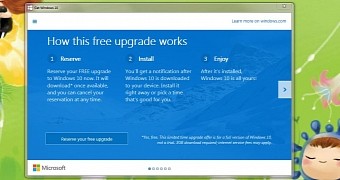


In the Windows Update screen, select Advanced options.Windows will usually need to restart to finish installing updates - and since an update can take your computer out of service for anywhere from a few minutes to a few hours, you may want to adjust the restart times for when it’s most convenient. Unfortunately, unlike with Windows 10, where you could pause updates for up to 35 days, in Windows 11, you only get up to those three weeks.You can pause updates for up to three weeks. If you want to restart updates, you’ll see that the button that you used to check for updates now reads Resume updates.If you want to pause for more than a single week, then click on that button again, and you can extend the pause for up to three weeks.On the right, there is a button labeled Pause for 1 week that will let you do just that. Directly below, you’ll see a Pause updates option.Otherwise, you’ll be told you’re up to date. You can also click on the Check for updates button to see if you have any updates waiting. If you have any updates pending, you’ll find them listed on top.Open Windows Update to see if you’re up-to-date. Click the Start icon and select Settings.Looking for how to pause updates in Windows 10? Click here.


 0 kommentar(er)
0 kommentar(er)
